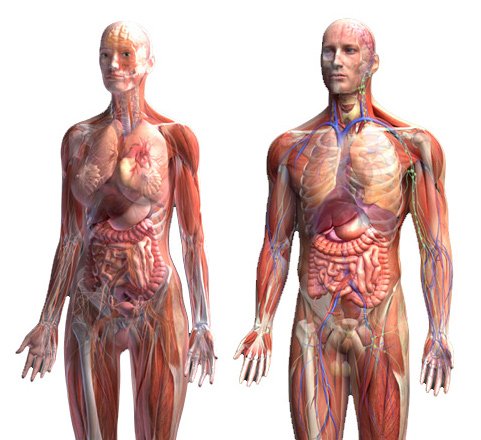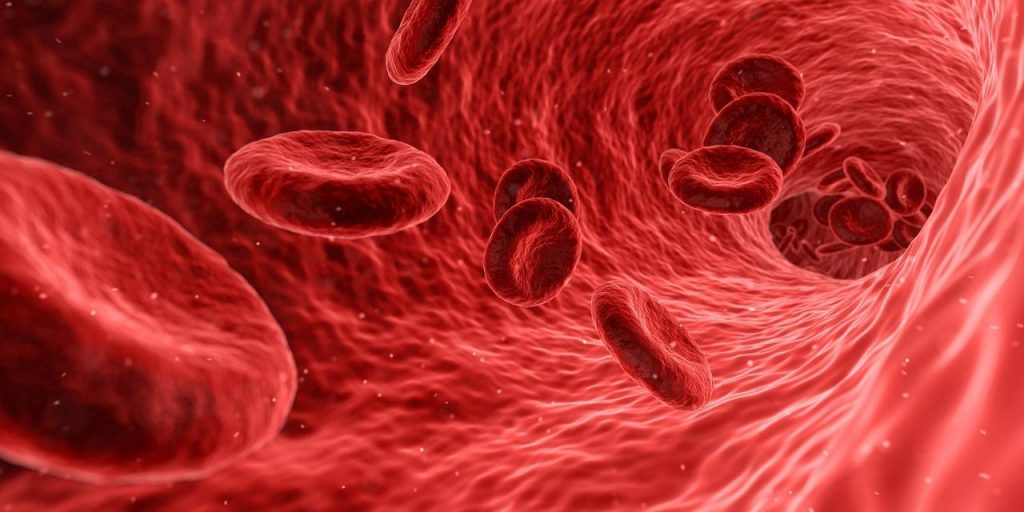A detailed answer to this question is given by physiologists. Watching athletes who build muscle and functional strength exclusively in the “grandfather” way, that is, they pull iron in basic exercises on large muscle groups throughout the body, the scientists derived twelve effects of strength training:
1. Reducing muscle loss.
2. Prevention of a decrease in metabolic rate.
Adults who do not bother with any power loads lose from 2.3 kg to 3.2 kg of muscle mass every 10 years. And since muscle tissue is highly active, the loss of muscle mass is accompanied by a decrease in the level of basic metabolism. Ten years of “easy” life lead to a decrease in metabolism by 2–5%. Neither morning jogging, nor physical exercise will help here, endurance exercises improve only the activity of the cardiovascular system, but they do not prevent the loss of muscle tissue. Only strength exercises include the mechanism of muscle growth and the accumulation of functional strength and, as a result, prevent a decrease in the level of metabolism.

3. Increase muscle mass.
Since most people do not perform strength exercises, they need, firstly, to return the muscle mass that was lost during the period of inactivity. Studies show that a basic strength program can increase muscle mass by 1.3 kg in just an 8-week training period. This is a typical response for men and women who performed strength exercises for 20–40 minutes three times a week.
4. Increased metabolic rate.
Studies show that adding 1.3 kg of muscle mass increases our basic metabolic rate by 7% and our daily calorie intake by 15%.
At rest, 500 kcal per day is consumed per 500 g of muscle tissue; to maintain muscle tissue during strength training, energy consumption is significantly increased. Adults who have restored muscle mass through strength training spend more calories all day and at the same time reduce the accumulation of fat in the body.
5. Reducing the mass of adipose tissue.
Performing strength exercises causes a loss of 1.8 kg of fat after 3 months of strength training, although a person consumes 15% more calories per day. Thus, the basic power program provides at least an increase in muscle mass of 1.3 kg, a decrease in the mass of adipose tissue by 1.8 kg and a consumption of 15% more kcal per day for 3 months. And this is with three 20-40-minute workouts per week.
6. Increased bone mineralization.
The effects of strength training are similar for muscle and bone tissue, that is, both the synthesis of muscle proteins and the synthesis of bone proteins and their mineralization increase. Studies have shown a significant increase in bone mineral density on the example of the upper part of the femur after 4 months of strength training.

7. Improving glucose metabolism.
After 4 months of strength training, glucose metabolism is accelerated by 23%, which is the prevention of diabetes.
8. The increase in the rate of passage of food through the gastrointestinal tract.
After 3 months of strength training, the rate of passage of food through the digestive tract increases by 56%. This is of great importance, since slowing down the passage of food through the digestive tract increases the risk of colon cancer.
9. Lowering blood pressure.
Combining strength and aerobic exercise is an even more effective means of lowering blood pressure. According to some reports, after 2 months of combined training, the level of systolic pressure decreases by 5 mm Hg. Art., diastolic – 3 mm RT. Art.
10. Normalization of blood lipid levels.
It is important to note that both strength exercises and endurance exercises contribute to the normalization of lipid levels.

11. Reducing lower back pain.
Proper strength training strengthens the lower back muscles and reduces the risk of lower back injury. Special studies have shown a significant reduction in lower back pain in patients after 10 weeks of strength exercises for the muscles of the lumbar spine.
12. Reducing joint pain.
Intelligent strength training relieves pain in osteoarthritis and rheumatoid arthritis.
Here are 12 physiological reasons to do regular strength training. At the philistine level, it is important to understand that strength training will help you feel better, help the various systems of your body function better. Strength training is the most effective way to increase your physical abilities, improve your fitness, this is to reduce the risk of injuries and injuries. In addition, regular strength training forces a person to overcome their own laziness, passivity, fear of physical pain; all this strengthens the will and stabilizes the psyche.

